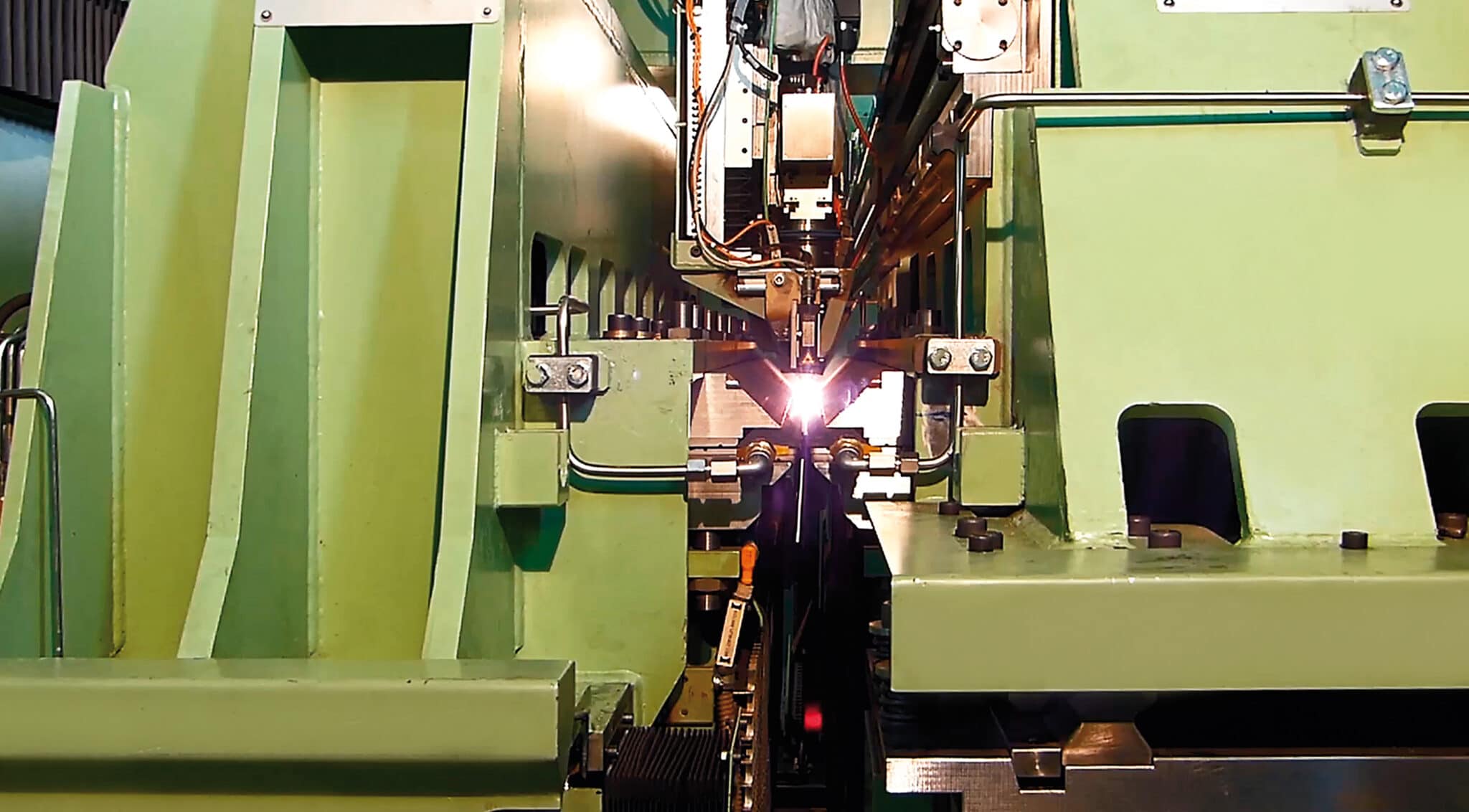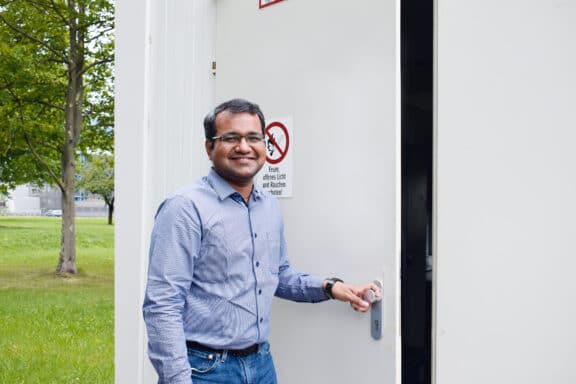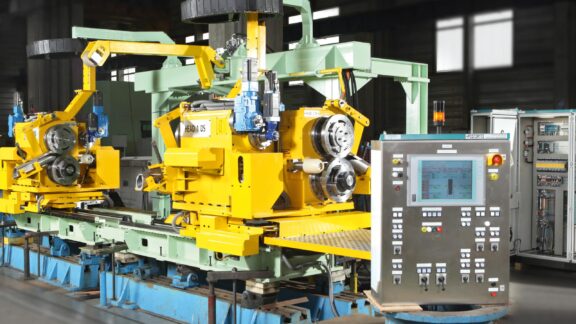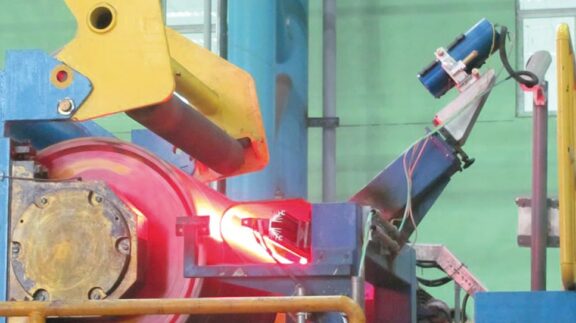Solid-state welding solutions from Primetals Technologies have proven themselves many times over, and in many different production setups. After analyzing six years’ worth of industrial feedback, the results show a demand for high performance and reliability in a broad range of products: silicon, high-strength, dual-phase, and high-strength transformation-induced plasticity steels.
In recent years, steel grades have changed drastically and are now characterized by high yield strength and elevated elongation levels. They include more added elements such as silicone, manganese, aluminum and more. When manufacturing dual-phase, transformation-induced plasticity, twinning-induced plasticity, boron, silicon, stainless and specialty steels, production lines are able to process steel grades at up to 1,000/1,400 MPa and reach a tensile strength of up to 2,000 MPa.
In terms of welding capacity, the thickness range has been expanded to support even thinner gauges. The minimum thickness required for welders is now less than 1.00 mm for pickling lines and tandem mills, and less than 0.30 mm for galvanizing, continuous annealing and finishing lines.
At the same time, the level of performance required from welders has improved significantly. Availability, welding quality, weld-over thickness and cycle times have reached levels never before achieved. Automatic welding-quality-control systems are now mandatory for customers, preventing human intervention and providing clear welding-quality documentation in accordance with a customer’s request.

The impressive welding quality achieved with solid-state laser technology has been verified on a wide range of products, including carbon, high-strength, silicon and stainless steels. Primetals Technologies has performed a variety of tests to qualify the welding parameters, such as stamping tests (ball tests), tensile tests (for high-strength steels) and micrograph tests. All test results underline the competence of this innovative welding solution.

With Primetals Technologies’ solid-state laser technology, the cutting quality is precise and consistent with no deformation of the strip that can be induced by mechanical shearing. There are no limitations in cutting capacity based on the strength of the steel. Both the quality and reliability in cutting have been verified across the entire range of steel thicknesses for two applications, namely LW21L (continuous galvanizing, continuous annealing, recoiling and inspection lines) and LW21H (pickling lines, coupled-pickling lines and tandem cold mills).
The advantages of solid-state technology
The full-laser-welding approach integrates solid-state components in its laser source, thus replacing the CO2 resonator. Solid-state technology is already used in certain sectors such as in the automotive industry and tailor-blank welding, as it leads to different and significant advantages compared to the CO2 solution. It offers the ability to transmit a beam from the laser source to the cutting and welding heads through optic fiber instead of using mirrors, and without the necessity for a beam switch.
Higher efficiency and lower maintenance
This technology offers many benefits for steel producers, including higher efficiency, lower energy consumption and higher processing speeds for cutting and welding. For example, the electrical power needed for the chiller and laser source is reduced by 50% when a solid-state solution is used at the same laser-power level as applicable with conventional laser-welding methods.
Also, maintenance is both easier and needed less frequently due to the mirror-free operation, the fact that no overpressure system is required, and because no internal parts are used that would command regular attention. The technology relies on contact-free operation, which has the main benefit of almost zero wear on the cutting tools. This is in stark contrast to mechanical shears and their elaborate maintenance needs that require blade changes and regular grinding treatment. Using laser welders, stable welding quality can be expected at all times between maintenance intervals. Overall, at the same laser-power level, solid-state technology means 50% lower maintenance effort compared to CO2 technology.
With eight installations active and working in industrial conditions for more than three years, it was shown that all laser welders demonstrated great robustness and easy operation even in the most complex processing scenarios (e.g., production of electrical steels with a silicon content of up to 3.5%, and continuous galvanizing lines processing dual-phase steels up to 1,200 MPa).
With the latest laser welder installed in China, it took less than three months after the hot test to achieve an acceptable level of performance with respect to weld-breakage, re-welding rates and cycle times. With the most recent machine being brought into production in Korea (as part of a revamp), the production ramp-up started before the contractual milestone. All examples shown here represent high-end processing lines based on LW21L solid-state laser technology.
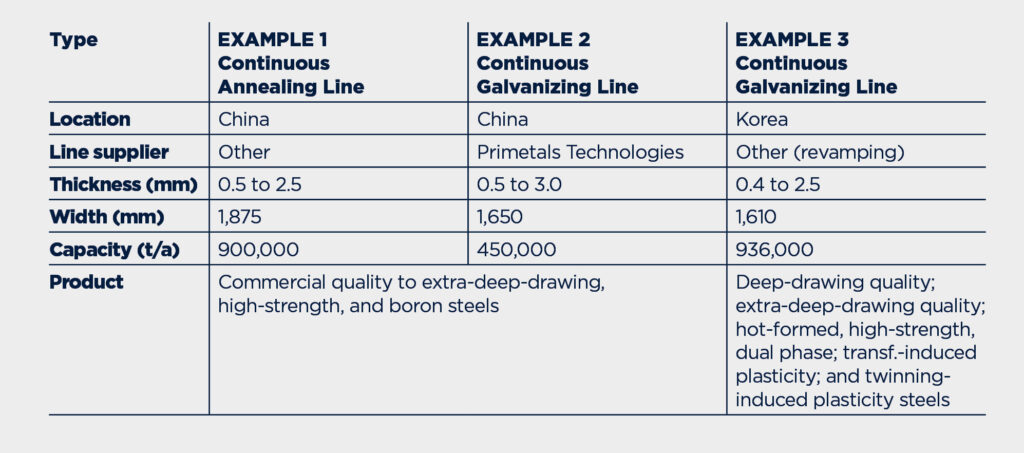
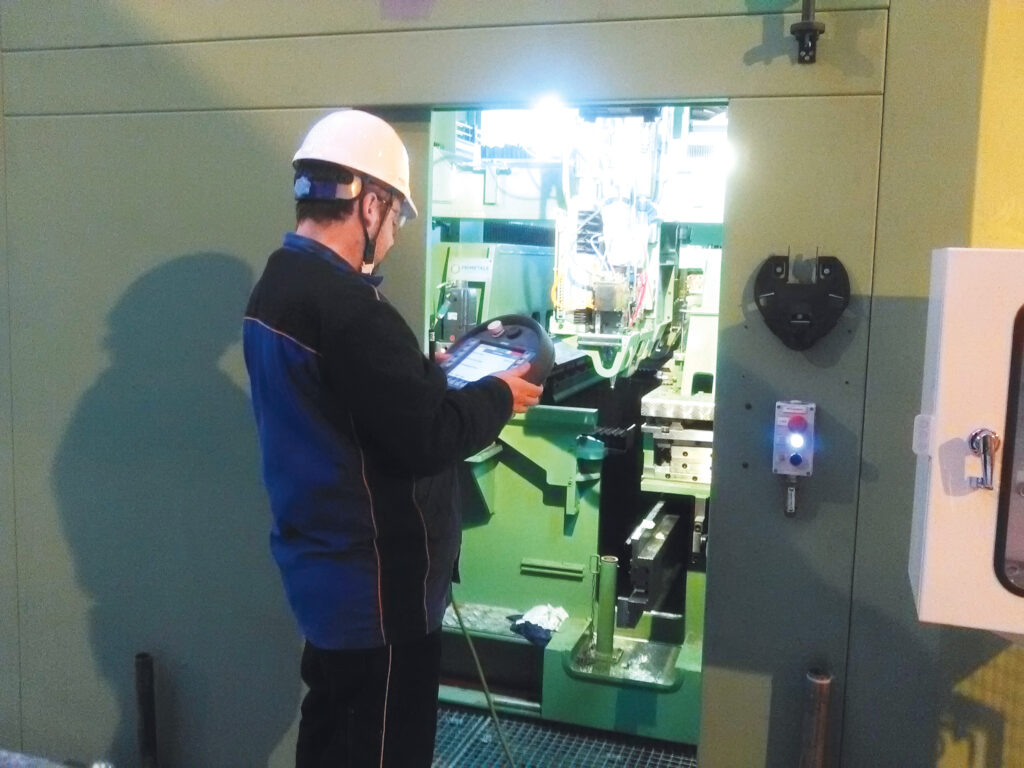
After preliminary acceptance, the rates for both rewelding and breakage are typically brought down to exceptional levels after a comparably short period. These impressive values are reachable thanks to the consistently high cutting quality from one coil to the next and the reliability of the welding process when using solid-state (fiber-based) lasers. Additionally, proper supervision and the use of a good quality-control system contribute to ensuring that 100% of the welds are executed correctly.
Superior welder performance
The use of highly efficient laser welders results in increased welding and cutting speeds with a gain of 20% to 50% for welding and 20% to 100% for cutting (depending on strip thickness). Not only is cutting-tool wear effectively eliminated by using laser welders, but the strip is also perfectly processed without deformation for subsequent welding operations. Customers can also be assured of reduced strip breakage during operation.
Proven and easy to install
Connecting the laser cutter to its power sources is extremely easy. Only one connection per energy source is required. The interconnecting piping and cabling has been reduced to a minimum for fast welder installation. Before assembly at the customer’s site, new welders, including all peripherals, are fully tested in the workshop of Primetals Technologies to ensure maximum reliability in a demanding production environment and to optimize line-stoppage time. The process is therefore adaptable to any application, particularly for revamping projects.
Enhancing value for customers
Primetals Technologies is dedicated to providing the latest solutions to customers on the basis of extensive R&D efforts. Close cooperation with the customer during all project phases is a key factor for the successful implentation and operation of welding machines. Improvements are continually made in the design of laser welders, and also to extend the scope of their applications. Long-term service agreements can be concluded to ensure optimum welder performance over the long term. All equipment supplied by Primetals Technologies, such as the laser welder solution, focuses on enhancing value for customers.
